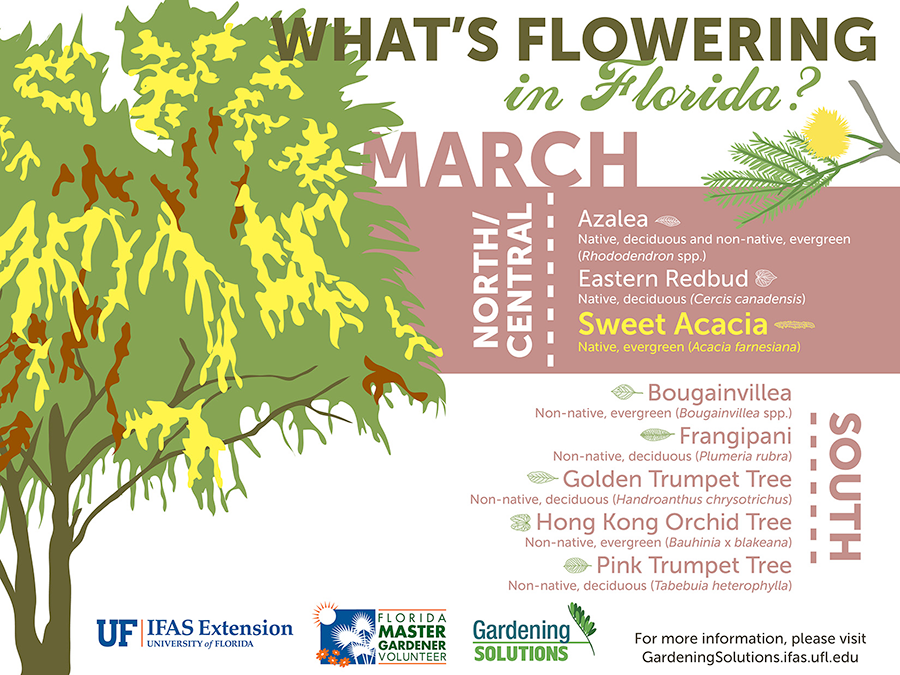Indicators It's Time To Eliminate A Tree - A Homeowner'S Guide
Indicators It's Time To Eliminate A Tree - A Homeowner'S Guide
Blog Article
Write-Up Writer-Merrill Noer
Trees add appeal and value to home, but they can additionally present a threat during severe weather events. If a tree has quit expanding, is displaying visible fungal development, or has a leaning trunk, it must be eliminated by a specialist to prevent property damage and injury.
To find out more, go to a home owner resource reasonable co-hosted by HPD, the Facility for New York City Neighborhoods, and Brooklyn-based real estate partners this night in Bedford-Stuyvesant. The occasion will certainly include the Home owner Handbook, a brand-new overview to help property owners browse the duties of having a home.
1. Dead or Dying Branches
Trees are an important part of your home's landscape, offering shade and beauty. They also give shelter for wild animals and generate oxygen, yet also healthy trees can experience health problems that may require their removal. Dead or dying trees aren't simply undesirable, they can be unsafe. Their branches might drop during a storm, resulting in costly property damage and injuries.
When a tree's branches begin to pass away, it means that its framework is starting to break down. If the majority of its branches are dead, it is likely time to remove it.
Search for an absence of new growth, bark peeling, open wounds or cavities, fungis growing on the trunk or roots and a general look of degeneration in the entire canopy. These indicators of infection can show a serious trouble that will certainly require specialist tree solutions to deal with.
2. Leaning growth maintenance
While it's normal for trees to lean periodically because of phototropism, if a tree has an unsafe or extreme lean that's not due to natural processes - it could be an indicator that the tree requires to be gotten rid of. If the tree is favoring a power line, home, car, play structure or any other area that could be unsafe to people if it falls, after that calling an expert tree service for elimination must be a leading priority.
It's additionally essential to look for any kind of sudden changes in a tree's leaning as it can suggest damages to the origins or trunk that may result in falling. This is particularly real throughout stormy weather, because high winds and rain-soaked soil can cause a lean to change quickly. Regular monitoring, particularly during and after tornados can help property owners acknowledge prospective troubles with their trees so they can call an arborist for a complete analysis.
3. Bug Problem
Some pest problems, such as wood-boring bugs like emerald ash borer or sap-suckers like range pests, are so extreme that they can trigger a tree to pass away. The very best way to avoid pest problem is to monitor your trees often. Look for places, openings, or discolorations in the fallen leaves and bark. Check out https://storage.googleapis.com/mgyb-thug/growth-maintenance.html for splits and indicators of insect damage, such as tunnels or tracks.
If a tree comes to be too ravaged with parasites, or is close to a home or power lines, an arborist may advise removal. If a leaning tree establishes a brand-new, unpredictable lean, an arborist will likely recommend elimination as well to make certain the safety and security of people and home. If a damaged or dead tree continually loses extreme branches, it is an indicator that it is time to remove the tree. If a tree continues to drop branches for an extended period of time, it might lead to structural issues and prospective residential or commercial property damage.
4. Damaged Trunk
Trees are a stunning and fundamental part of our landscape, however they do call for regular like keep them healthy and safe. If home growth is harmed irreparable it is likely time for it to come down.
Seek indications of damage to the trunk, including vertical fractures, seams, dead branch stubs, visible wounds or open dental caries and serious tree-rot. The existence of fungi at the base of the trunk is one more advising indication. Fungi may suggest that the phloem and xylem (life-support tissues) are compromised, allowing for the spread of disease or a future failure.
Likewise, take into consideration whether the tree has actually quit growing. Healthy and balanced trees will have brand-new growth annually, which may show up as buds or branches sprouting and expanding. If you do not see any kind of new development, it's an excellent idea to have an arborist review the tree and follow their suggestion for elimination. A dying or damaged tree can drop and trigger residential property damages.